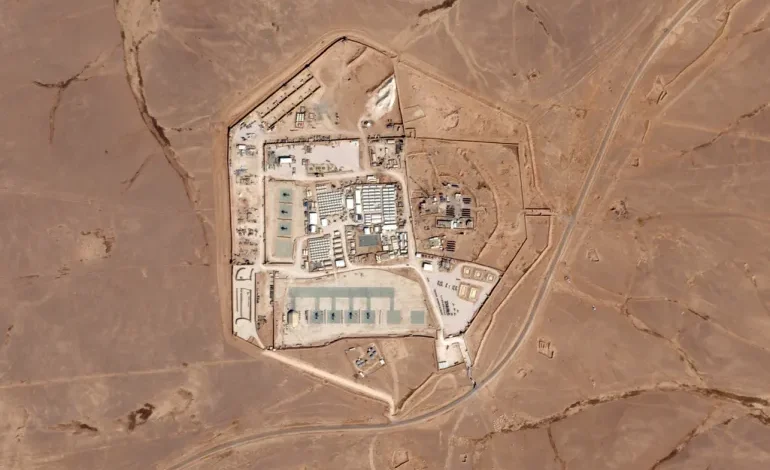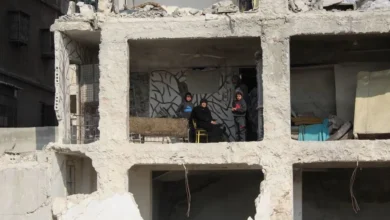Jordan drone strike: Is the US being pulled into another Middle East war?
Ibrahim Al-Marashi

Ibrahim Al-Marashi
On Sunday, January 28, The Islamic Resistance in Iraq, an umbrella group that includes the militias Kataib Hezbollah and Harakat al-Nujaba among others, claimed responsibility for a drone attack that killed three US military personnel and injured 34 others in a base in northeastern Jordan, near the Syria border.
In the media coverage of the attack, it was repeatedly mentioned that these militias have launched 165 attacks on US troops – 66 in Iraq and 98 in Syria – since October 2023. While it helps put the attack in context, this is a misleading figure. This conflict began much earlier than last October, and thus the total number of attacks the US has faced from these militias is actually much higher.
Indeed, Sunday’s drone attack was just the latest episode in an undeclared war between the United States and Iran-affiliated Iraqi Shia militias that has been raging across the region for more than five years.
More than six years ago, in October 2017, in an article published on this very page, I predicted that US President Donald Trump’s controversial decision to withdraw from the Joint Comprehensive Plan of Action, or the “Iran nuclear deal”, would result in attacks by Iran-backed Iraqi militias on US forces in Iraq and across the region.
The attacks began soon after the US withdrawal, and overtime settled into a pattern of carefully managed tit-for-tat skirmishes. The superiority of US defence systems, coupled with its state-of-the-art drone arsenal, meant that the few casualties of the low-intensity conflict have consistently been on the Iraqi side. Most of the projectiles fired by the militias, both missiles and drones, were easily intercepted and destroyed by US forces.
It was clear that the point of these attacks was to harass American forces, not cause a high number of fatalities. In fact, these militias most likely did not think their weapons could ever evade the American antiaircraft defences and cause American casualties.
In December 2019, however, a Kataib Hezbollah attack on an Iraqi military facility resulted in the death of an American-citizen working as a translator for the US military.
That single casualty ended up triggering the most tense episode in the conflict so far. Trump retaliated in January 2020 by assassinating the militia’s leader, Abu Mahdi al-Muhandis, as well as the head of the Iranian Islamic Revolutionary Guard Corps (IRGC) Quds Force, General Qassem Soleimani, causing fears that World War III was about to break out.
Now, there are not one, but three US casualties, and given the ever-intensifying confrontations between US and Iran-backed militias across the region, once again there are growing fears that the US may respond to the attack on its forces in Jordan in a way that would spiral the longrunning conflict out of control.
Sure, Joe Biden is not Trump, and he is expected to be more cautious in his response than his predecessor. But 2024 is an election year, and the Biden administration is facing immense domestic pressures. No matter what Biden decides to do, it will not be enough to satisfy the Republicans who are already calling for Iran to be directly targeted, and even Tehran to be bombed.










